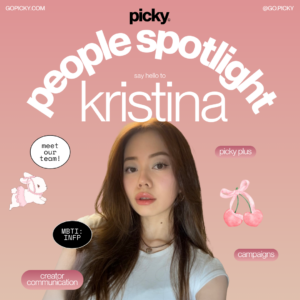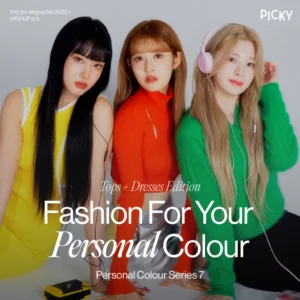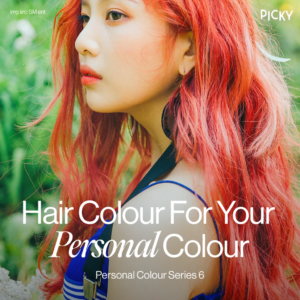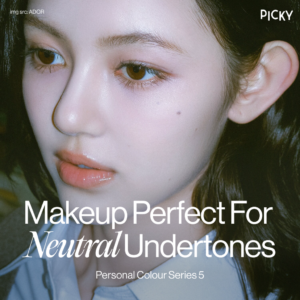Introducing our new series, Picky Expert Panel! There’s a lot of misinformation out there in skincare. That’s why we built a team of Picky Experts to shed some light and insight into controversial skincare topics, new trends, and confusing aspects of skincare! Our qualified Picky Expert team is a one-stop shop forum to gain multiple perspectives on skincare questions! We’ll cover it all in our brand new Picky Expert Opinion on Picky! Our first Picky Expert Panel focuses on skincare layering.
Picky Panel: Layering
Thanks to the K-beauty wave, we’ve been swept away by trends like 10-step routine and single-ingredient based ingredients for more and more layering! But do we need all of this layering? Is there anything we should be avoiding when applying so many layers? Our Experts will give their opinions along with tips on best layering practices!

Question #1
What are your thoughts on layering? Do you personally layer in your skincare routine?

 Jenny: I think it’s a great way to add more effective ingredients to your skin. However, if done incorrectly, can be too irritating and may even decrease the efficacy of other ingredients. There seems to be a misconception that more is better, and that’s not the case with skincare. I do layer ingredients in my routine, but I only stick to a handful of actives. I also recommend alternating between ingredients that have the same mechanism of action to avoid irritation.
Jenny: I think it’s a great way to add more effective ingredients to your skin. However, if done incorrectly, can be too irritating and may even decrease the efficacy of other ingredients. There seems to be a misconception that more is better, and that’s not the case with skincare. I do layer ingredients in my routine, but I only stick to a handful of actives. I also recommend alternating between ingredients that have the same mechanism of action to avoid irritation.
 Beibei: Skincare layering is borne from a desire to incorporate multiple products into one routine. This may work well for some people, but ultimately people should be driven by what works, as opposed to a ‘more is more’ approach. Why use two products when your concern can be addressed by one? It may just create more problems than resolve your skin issue.
Beibei: Skincare layering is borne from a desire to incorporate multiple products into one routine. This may work well for some people, but ultimately people should be driven by what works, as opposed to a ‘more is more’ approach. Why use two products when your concern can be addressed by one? It may just create more problems than resolve your skin issue.
 Lalita: Skincare layering is by far one of the most confusing topics because most research on skincare is done only on one product or ingredient at a time. While thinnest to thickest is the general rule of thumb, it doesn’t always hold true. Our skin is a complex organ that is made up of intricate layers of lipids and are in a constant state of motion. Allowing molecules to pass through, despite how “thin” or “thick” a product may be. It’s one reason why water can pass through our skin, sebum and fatty acids even though these molecules are much larger than water. The only rule that I follow is that sunscreen should always be last.
Lalita: Skincare layering is by far one of the most confusing topics because most research on skincare is done only on one product or ingredient at a time. While thinnest to thickest is the general rule of thumb, it doesn’t always hold true. Our skin is a complex organ that is made up of intricate layers of lipids and are in a constant state of motion. Allowing molecules to pass through, despite how “thin” or “thick” a product may be. It’s one reason why water can pass through our skin, sebum and fatty acids even though these molecules are much larger than water. The only rule that I follow is that sunscreen should always be last.
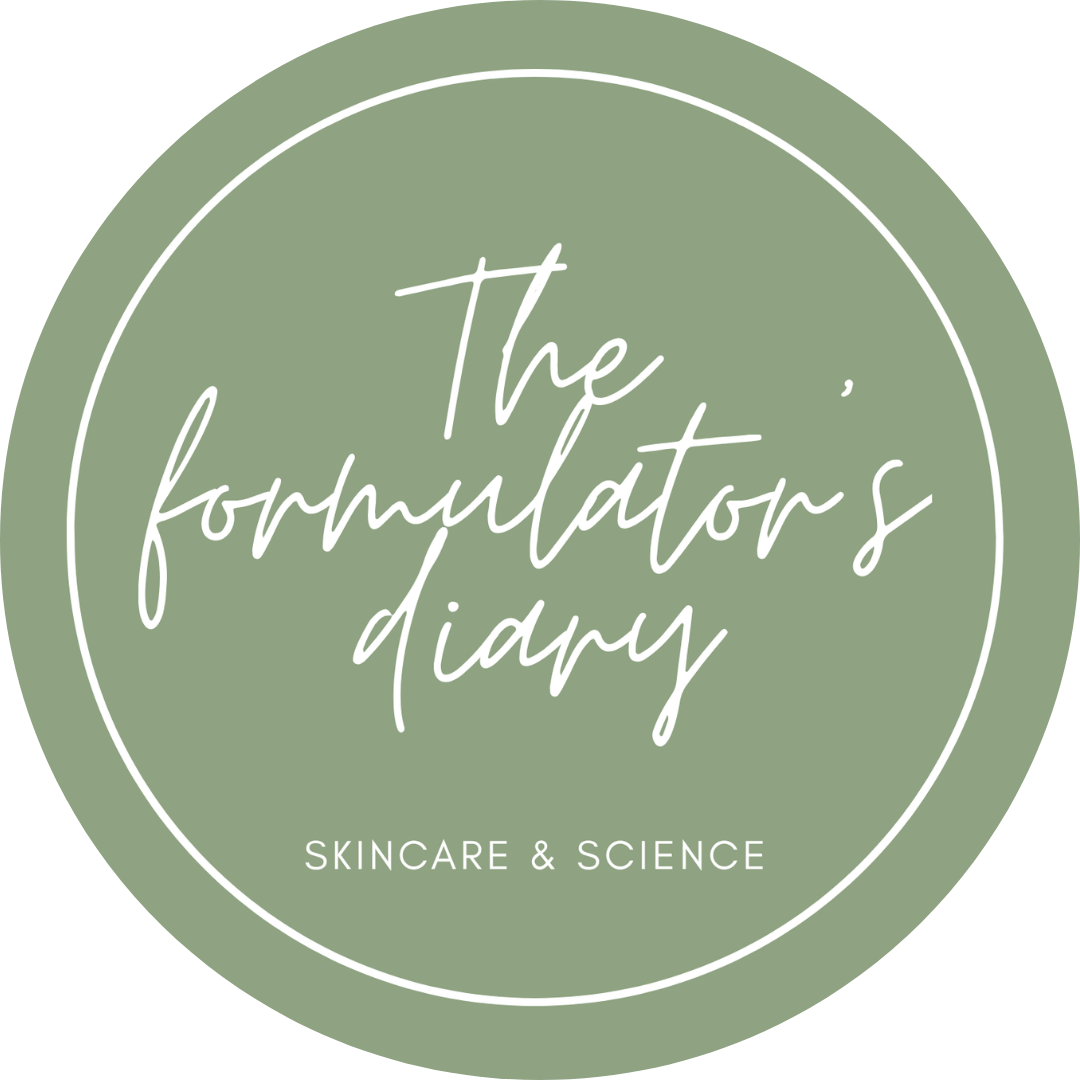 Erlin: While layering isn’t really a necessity or a staple for skincare, it can be difficult to address all of your skin concerns with one product. Even a so-called basic skincare routine (cleansing, actives, moisturizing, and sunscreen) requires multiple layers! However, I don’t see how going beyond a 5-step “basic skincare routine” or using multiple actives from different products is significantly beneficial. I always stick to cleansing, one serum for main skin concerns, a moisturizer for hydration, and a sunscreen for protection in the day.
Erlin: While layering isn’t really a necessity or a staple for skincare, it can be difficult to address all of your skin concerns with one product. Even a so-called basic skincare routine (cleansing, actives, moisturizing, and sunscreen) requires multiple layers! However, I don’t see how going beyond a 5-step “basic skincare routine” or using multiple actives from different products is significantly beneficial. I always stick to cleansing, one serum for main skin concerns, a moisturizer for hydration, and a sunscreen for protection in the day.
Question #2
Is there a certain skin type or skin concern you would NOT recommend to layer?

 Jenny: Anyone with sensitive, dry skin, or acne prone skin I would recommend layering no more than 2 ingredients to start and go slow. Especially if layering with vitamin C + AHA, these can be too much for those with sensitive skin. But niacinaimide, panthenol, and hyaluronic acid are quite soothing so I find they can go well with most acids.
Jenny: Anyone with sensitive, dry skin, or acne prone skin I would recommend layering no more than 2 ingredients to start and go slow. Especially if layering with vitamin C + AHA, these can be too much for those with sensitive skin. But niacinaimide, panthenol, and hyaluronic acid are quite soothing so I find they can go well with most acids.
Benzoyl peroxide is also very irritating but can be great for acne, same with salicylic acid. I recommend these in cleanser formation, works well, less irritation, and I don’t worry as much when using a retinoid afterwards. For acne prone skin, since treatment is usually irritating and breaks down skin barrier, don’t recommend combining any benzoyl peroxide with retinoid.
 Beibei: Layering can be particularly problematic if you have very sensitive or rosacea-prone skin. Use of more products can lead to more irritation and also associated with allergic contact dermatitis too.
Beibei: Layering can be particularly problematic if you have very sensitive or rosacea-prone skin. Use of more products can lead to more irritation and also associated with allergic contact dermatitis too.
 Lalita: I would say any skin type can layer their products as long as they don’t overdo it or experience any negative side effects. Some tips to remember:
Lalita: I would say any skin type can layer their products as long as they don’t overdo it or experience any negative side effects. Some tips to remember:
- Sunscreen always goes last
- Start with one product at a time
- Don’t use too many exfoliants if you’re a skincare newbie as it may lead to irritation
- Always patch test before layering a new product
 Erlin: I would say that for every skin type who just started skincare should always start slowly and start with basic skincare routine, especially those who have sensitive skin or allergies.
Erlin: I would say that for every skin type who just started skincare should always start slowly and start with basic skincare routine, especially those who have sensitive skin or allergies.
Question #3
Why does layering cause product pilling? What are some tips for layering without pilling?
 Lalita: Pilling of products can be due to multiple reasons. One of the main reasons is due to using too many products or applying them too quickly. Some also find silicone-based products to pill. The simple approach is to just use one or two products at a time and give them enough time to sink in. Another tip is to use a lighter layer of product. Remember, less is more! The more simple your skincare routine is, the less pilling you will experience.
Lalita: Pilling of products can be due to multiple reasons. One of the main reasons is due to using too many products or applying them too quickly. Some also find silicone-based products to pill. The simple approach is to just use one or two products at a time and give them enough time to sink in. Another tip is to use a lighter layer of product. Remember, less is more! The more simple your skincare routine is, the less pilling you will experience.
 Erlin: Product pilling can be from formulations and/or how the product is applied. Formulations may have too many film formers. Film formers sit on the skin’s surface and when layered, it increases the chance these film formers accumulating and balling up. Most film formers can be found in thicker emulsion products such as moisturizers containing silicone, elastomers or sunscreens. Especially water-resistant sunscreen since they have polymer film former to make a barrier against water.
Erlin: Product pilling can be from formulations and/or how the product is applied. Formulations may have too many film formers. Film formers sit on the skin’s surface and when layered, it increases the chance these film formers accumulating and balling up. Most film formers can be found in thicker emulsion products such as moisturizers containing silicone, elastomers or sunscreens. Especially water-resistant sunscreen since they have polymer film former to make a barrier against water.
Make sure when you apply your layers that you go from low to high in viscosity (thickness). Waiting in between each layer will help the film former set and decrease likelihood of pilling.
Side note: Ever heard of liquid exfoliant peels? They ball up when you massage it on your skin. Unfortunately the balling up isn’t what we think it is. It’s not dead skin, but the product balling up due to the film former rubbing.
Enjoy our first Picky Panel?
Have more questions you want answered? Well, we’re taking questions from Q&A on Picky so start asking! Don’t forget to check out these Picky Expert’s instagrams, as well as our official Picky account, and click here to go back to our blog!





